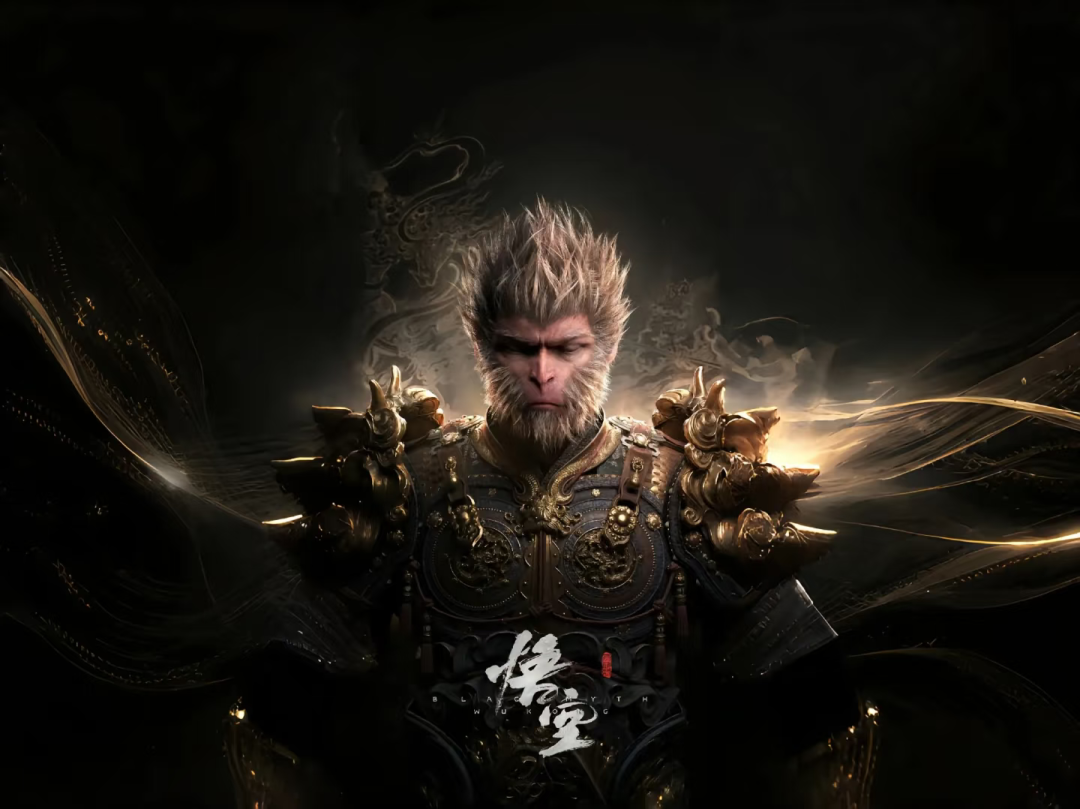Cultural Icon of Jiangsu: Huai'an Wu Cheng'en and the Centurial Legend of "Journey to West"
A Literary Marvel by the Grand Canal
Huai'an Wu Cheng'en and the Centurial Legend of Journey to the West

Huai'an, a historic and culturally rich city in northern Jiangsu, gave birth to one of the most imaginative masterpieces in Chinese literary history—Journey to the West. Written by Ming dynasty writer Wu Cheng'en, this classic is not only one of China’s Four Great Classical Novels, but also a literary treasure of the world, thanks to its unique artistic charm and universal values. From East to West, from the classical age to the modern era, the story continues to spark the imagination of global readers and build bridges between civilizations.

Journey to the West follows the pilgrimage of the monk Tang Sanzang and his disciples to the West in search of sacred scriptures, presenting a cast of captivating literary characters. Its boundless imagination is skillfully interwoven with profound philosophical reflections. From the impassioned chaos of "Havoc in Heaven," to the clever battles against the White Bone Demon, and the metaphorical ordeal of the 81 tribulations, the narrative is rich in symbolism. Scholars have noted that the greatness of the work lies in its use of mythology to reflect reality. Sun Wukong's journey represents individual awakening—from defiant rebellion to spiritual fulfillment—highlighting the eternal tension between freedom and restraint. The pilgrimage itself stands as an allegory for life's trials, revealing the multifaceted nature of the human condition. It is this deep contemplation of ideals and reality, of self and society, that forms the novel's enduring core.

The genius behind this great work, Wu Cheng'en, was himself nurtured by the land and culture of Huai'an. Situated at the intersection of the Grand Canal and the Huai River, the city has long been a melting pot of northern and southern Chinese culture. The bustling commerce, storytelling in teahouses and taverns, and colorful folk legends all offered fertile ground for Wu's imagination. The fantastical world he created in Journey to the West integrates the elegance and subtlety of southern culture with the boldness and grandeur of the north. This distinctive artistic style vividly mirrors the multicultural vitality of Huai'an, a city shaped by the confluence of waterways and ideas.

Today, the cultural influence of Journey to the West continues to grow. As early as 1927, Japan produced the first silent film adaptation of the novel. In 1982, British sinologist W.J.F. Jenner completed and published the first full English translation. In 2015, Netflix collaborated with Australia to launch the animated film The Monkey King: Hero Is Back, bringing Sun Wukong to international streaming platforms. In 2024, the video game Black Myth: Wukong became a global sensation, surpassing two million concurrent players on Steam and emerging as a landmark case of cultural export.

In Huai'an, cultural landmarks such as the Wu Cheng'en Former Residence and Journey to the West-themed attractions ensure the legacy lives on. In 2020, "Journey to the West Culture" was officially included in Jiangsu's Intangible Cultural Heritage list, signaling the recognition of its contemporary significance by the authorities.


Just as the Presidential Palace in Nanjing bears witness to historical tides, Suzhou's classical gardens reflect Eastern wisdom in harmony with nature, the folk song Jasmine Flower carries the charm of Jiangnan, and Nanjing Yun brocade weaves Eastern splendor, Wu Cheng'en and Journey to the West have added the most imaginative stroke to Jiangsu's cultural tapestry. Huai'an, a city that flourished by the Grand Canal, now holds an eternal place on the cultural map of China for nurturing this literary masterpiece.

访客通道(项目入口)
还没有账号?
立即注册